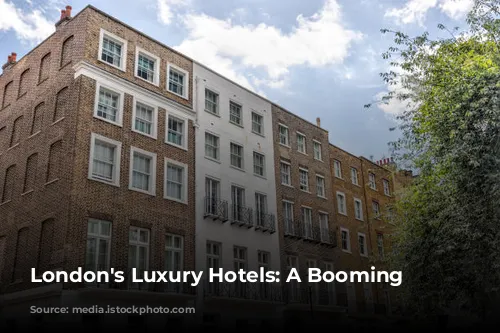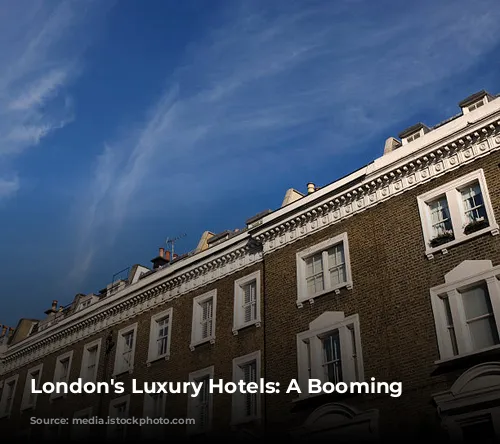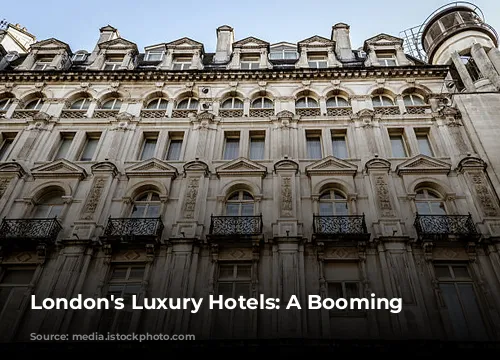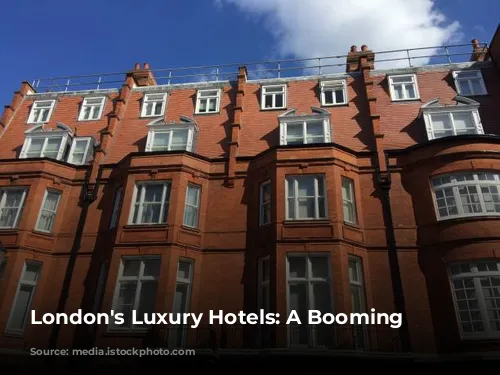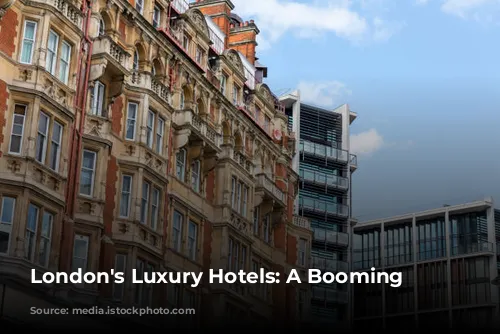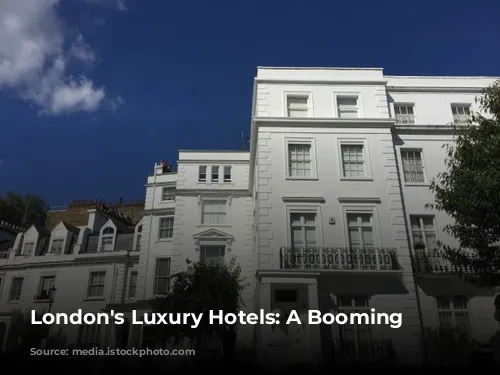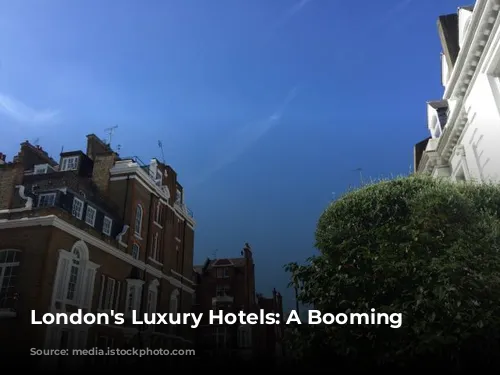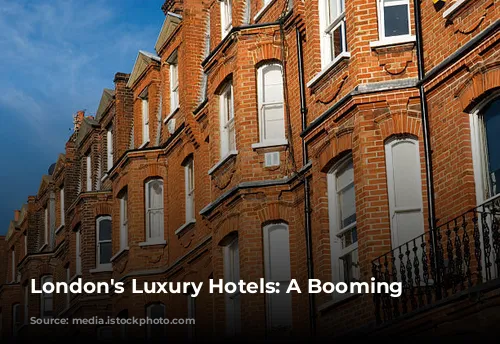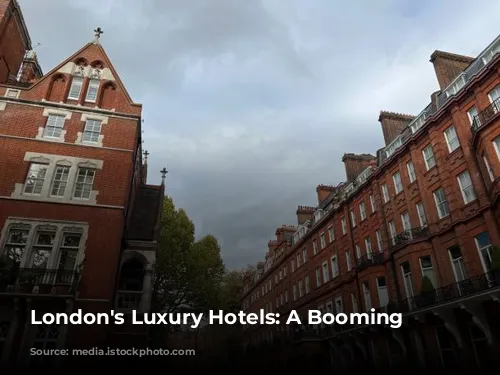London’s high-end hotels are experiencing a golden age, fueled by a surge in wealthy visitors from around the globe. This year has seen a record influx of guests, particularly from the Middle East.
The Middle Eastern influx: As Ramadan approaches, opulent caravans of Middle Eastern travelers are preparing to depart from their lavish London accommodations. These affluent visitors have enjoyed extended stays in the city’s top hotels, spending extravagantly on designer boutiques, luxury jewelry, and high-stakes gambling.
Global factors: While political turmoil in the Arab world has driven some travelers to seek refuge in London, France’s controversial ban on the niqab has also attracted additional visitors from Paris. The weaker pound has also made London more affordable for visitors from the former Soviet bloc and South America, while Chinese tourists are making their presence felt as well.
A royal boost: The royal wedding in April further enhanced London’s appeal among wealthy travelers, drawing a surge of bookings at the Goring hotel, where the bridal party stayed. With the Olympics and the Queen’s diamond jubilee celebrations on the horizon, London’s allure is poised to continue its upward trajectory.
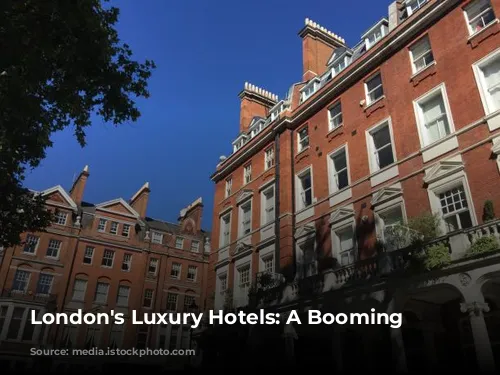
A Luxurious Revival: Investment and Expansion
The luxury hotel industry has rebounded spectacularly from the global financial crisis, experiencing a renaissance in recent years. This is evident in the substantial investment poured into London’s elite hotels, with many undergoing lavish restorations and expansions.
New entrants and investment: New properties, such as the Corinthia and the St Pancras Renaissance, have joined the ranks of London’s luxury hotels, while existing hotels like the Four Seasons and the Savoy have undergone multi-million dollar renovations. A wave of new developments, including the Shangri-La hotel in the Shard skyscraper, is further expanding the city’s luxury hotel scene.
Middle Eastern investment: This boom is fueled in part by investment from the Middle East. The Savoy, for example, is owned by Saudi Prince Alwaleed bin Talal, while the Four Seasons is owned by the ruling family of Bahrain. These investments are a testament to the enduring appeal and profitability of London’s luxury hotel market.
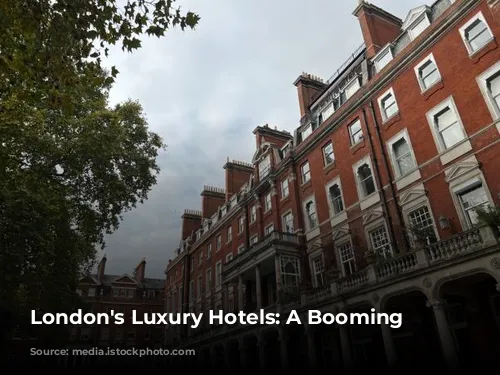
A Tale of Two Cities: The Luxury Divide
While London’s most opulent hotels are thriving, a stark contrast exists in the lower tiers of the hotel industry. Many mid-range hotels are facing challenges, including bankruptcies and restructurings. This disparity highlights the increasingly polarized nature of the hotel sector, with a clear distinction emerging between the luxury market and the more budget-friendly options.
Signs of struggle: The recent acquisition of Menzies Hotels, which operates 16 four-star properties, by its management after its parent company fell into administration, is a clear indication of the difficulties faced by mid-range hotels. Similarly, Jarvis Hotels, which runs 40 hotels, is undergoing restructuring talks with its lenders due to dire financial performance.
The luxury advantage: The strong performance of London’s luxury hotels stands in stark contrast to these struggles. The influx of affluent travelers from the Middle East, the global economic recovery, and the city’s growing appeal as a tourist destination have all contributed to the luxury market’s success.
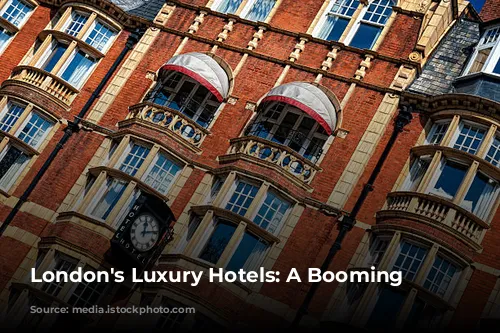
London’s Luxurious Landmarks: A Glimpse Inside
London’s most iconic hotels are synonymous with luxury and history, offering a glimpse into the city’s rich past and its enduring allure. These hotels have played host to royalty, celebrities, and historic figures, and their opulent interiors and exceptional service continue to draw visitors from around the globe.
The Dorchester: This Thameside gem has attracted a string of notable guests over the years, including Claude Monet, James Whistler, Oscar Wilde, Marilyn Monroe, and George Clooney.
The Ritz: This elegant hotel offers guests a bottle of Dom Pérignon upon arrival, a testament to its commitment to luxurious indulgence. The Blue Bar, a popular haunt for celebrities, was frequented by Madonna.
The Savoy: Bespoke furniture designer Viscount David Linley designed the 1920s-styled suites at this iconic hotel, which offers full butler service. Patrons include David and Victoria Beckham.
The Berkeley: This hotel has been a favorite among celebrities, with guests such as Kate Moss and Russell Crowe enjoying its luxurious accommodations. Prince Philip held his stag night at the Berkeley, a testament to its enduring popularity among royalty.
The Claridge’s: This grand hotel, known for its opulent split-level suites, hosted Churchill, De Gaulle, and Eisenhower during World War II, highlighting its role in global history.
Conclusion: London’s luxury hotel market is booming, fueled by a surge in affluent travelers, especially from the Middle East. The city’s royal heritage, its bustling cultural scene, and its iconic hotels continue to attract visitors seeking an unforgettable experience. While the lower tiers of the hotel industry face challenges, the luxury market is experiencing a resurgence, driven by investment, expansion, and the unwavering appeal of London’s most opulent accommodations.

